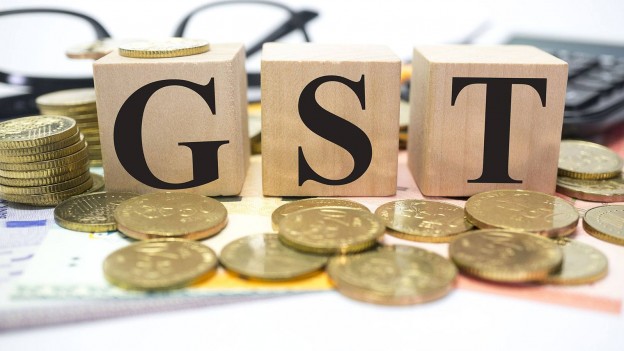Central government has rolled out Goods and Services Tax (GST) with lots of expectations, on one hand, and resistances, on the other. No matter which vertical a business belongs to, it is definitely going to be affected. GST is considered to be the most radical tax reforms in India. Reports say that this radical tax reform has the potential of ramping up the GDP of Indian economy by 2 percentage points. Some of the main business areas are expected to be affected by the introduction of GST. Some of those areas that are going to be impacted include pricing of products/services, tax compliance framework, and employee skill set.
GST, the new radical taxation regime in India, is bound to affect various business verticals. Consequently, the technological needs will also vary from one vertical to another. Then what should be the different focal points of the CIOs (Chief Information Officers) of different verticals? All these aspects will be dealt with in the following section with different verticals
Pharmaceutical Industry
GST rate for pharmaceutical products has been pegged at 12 per cent. However, for the specified life saving drugs, the rate is pegged at 5 per cent. Hence, the effect of Goods and Services tax on pharma industry is more or less neutral. However, it is being said by a section of the industry that that from now on the retail medicine shops will not be able to pass on the discounts they used to give to hold on to the existing customers or in many cases to lure customers. Retail medicine shop owners point out that earlier they used to give VAT of just 5.5 per cent. However, from now on the GST will be of 12 per cent, which means an increase in tax rate by 6.5 per cent. So, the customers who use to buy significantly high amount of medicines every month may see their medicine bill to soar by a certain percentage because they will not get the 10 to 12 per cent discount they used to get from the retail medicine shops. However, shop owners also say that the issue will be resolved once the pricing of medicine becomes clear, the existing stock (bought by them before the introduction of GST) clears out (in which they have to bear a loss of around 6.5 per cent), and they start buying the medicines as per the existing GST rate.
In the pharmaceutical manufacturing front, the companies have a huge opportunity of modifying as well as modernising the existing supply chains. They need to cut their logistic costs and at the same time increase efficiency of their operational unit. This will ultimately help them in their profitability. Moreover, the decision makers (say, the Chief Information Officers) of pharmaceutical companies must alter their IT systems so that it helps them in complying with the tax requirements.
It is being discussed in the industry chambers (especially FICCI) whether it is possible to restrict the tax rate to 5.5 per cent, as before. This is because of the fact that the 12 per cent rate is said to be against India’s drug policy and the current rate will lead to inflationary trends, as the effective tax rate is slated to increase by 2.3 per cent in the GST regime.
Financial Services
Impact of GST on financial services will be unique. This is because of two important aspects –
• Financial sector is highly regulated
• This sector involves personal as well as commercial risks
There will be two big challenges –
• Manual compliance with tax will not be present anymore
• The compliance will not be on a real time basis
No matter which challenge you consider, deployment of technology in a seamless manner will be a challenge. Therefore, the Chief Information Officers of financial services will need to invest in solutions that are capable of analysing information in varied post-GST conditions in real time and at the same time come up with output which matches templates of GSTN.
It is absolutely true that capex on these solutions will be different from one organisation to another. So, the CIOs will be needed to consult the heads of Strategic Business Units (SBUs) closely, thereby ensuring easy allocation of budget and at the same time proper alignment with business technology.
Telecom
Before the introduction of GST, the tax rate on telecom was 15 per cent. However, it now stands at 18 per cent after GST. However, the GST-regime comes with benefit of input tax credit, which will bring down overall effective rates for consumers. Telecom Minister Manoj Sinha has said that after factoring in the input tax credit, the effective GST rate will come down to 16 per cent, which is just 1 per cent above the previous rate. However, the minister has said that they are keeping the effects under watch currently. So, CIOs have to bring in solutions that take care of all these factors along with anomalies that are expected to crop up due to the state-wise revenues.
This is how the major sectors of the Indian economy going to be affected by Goods and Services Tax (GST).
Interesting Topic : How the GST Will Change IT Set-Ups in Organizations






 Live Chat
Live Chat

